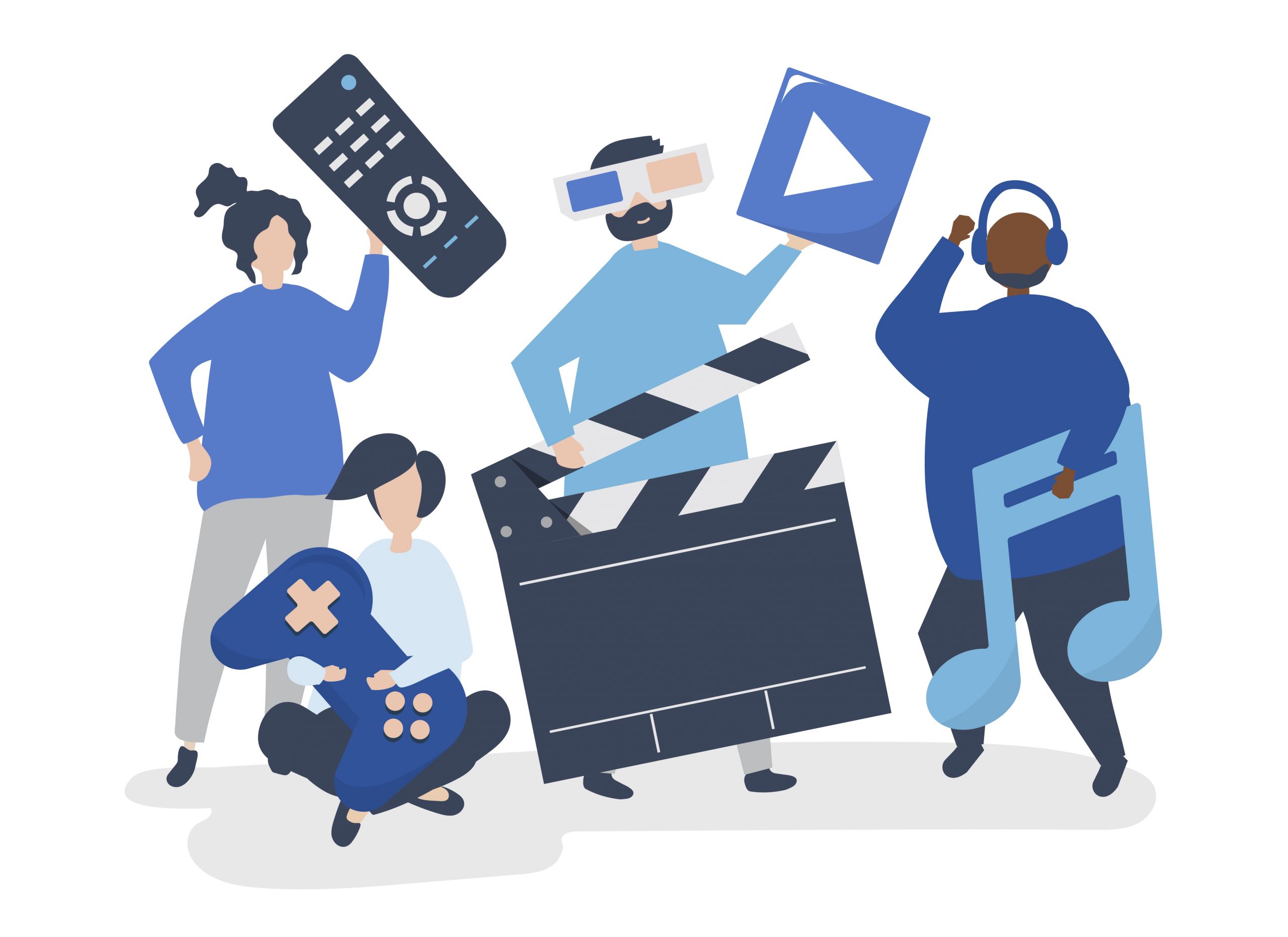All You Need to Know About Transcription & Subtitle Localization

Promotional videos, game video clips, informative videos, and numerous other audiovisual contents are examples that require localization. There are many steps involved in the process of video localization, each having different factors to consider depending on the project.
Video infographics are one side, where the meaning of the video is conveyed through textual representations. It requires the processes of subtitling and transcription. The other major element of videos has to do with the structural interface. It involves synchronization, dubbing, editing, motion graphics, and sound design.
In a nutshell, video localization is all about making the audiovisual content appealing to viewers who speak different languages, while preserving the form and style. Now, let’s take a look at how we implement these processes in video localization projects.
Transcribing the Audio
The articulated message of the video is carefully listened to and transferred to writing in order to create subtitles. The transcribed text is examined in terms of syntactic and rhetoric consistency and fluency.
Creating Subtitles
1- Localization: The first step in subtitle creation is to localize the transcripted text into the target language. As we carry out the localization, it is important to keep in mind the length and the number of characters that will fit on the screen. If this is not done properly, problems will arise during the timestamping process, which is the next step.
2- Timestamping: The localized text is then aligned with the visual content. Synchronization is essential to make sure that the entire message conveyed in each piece of text is properly represented.
3- Embedding: Once the timestamping process is completed, the subtitles are embedded into the video file.
Stylistic issues such as font and color are taken care of to represent the brand’s identity. During embedding, the subtitles are positioned on the screen appropriately to avoid blocking the visual content.
Formatting
1- Dubbing and voiceovers: The project may require the videos to be dubbed instead of creating subtitles. In that case, the localized texts are recorded by professional dubbing artists. Different than dubbing, the voiceover will involve replacing the sound effects and music in the video as well.
2- Editing the video: In order to apply synchronization properly, sometimes the length of certain parts of the video may need to be adjusted. This is carried out by accelerating or slowing down the clips.
Also, audio tracks can be removed or added, motion graphics can be adjusted depending on the client’s request.
